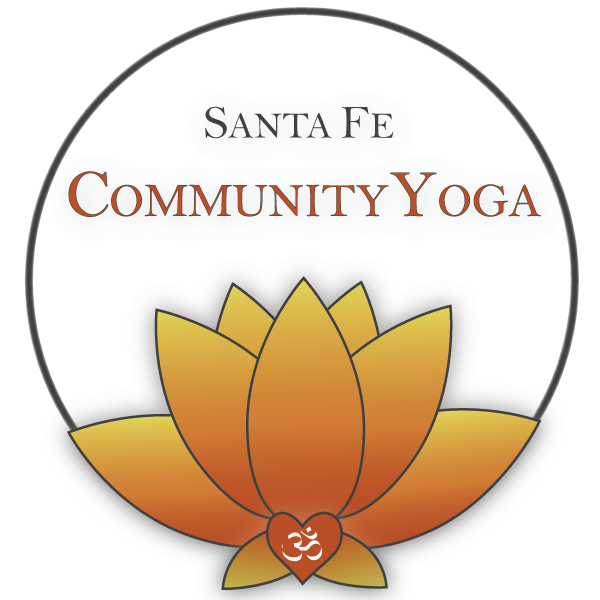“To me there is nothing more sacred than love and laughter, and there is nothing more prayerful than playfulness. ”
In Sanskrit, the word “lila” means ‘sport’ or ‘play of God’, and it also refers to the concept that all of existence is a divine play, put on by Brahman (the creator). This very strongly correlates to the Western theological concept of Pandeism, which describes the Universe as God taking a physical form in order to experience the interplay between the elements of the Universe. Many of us adults consider play to be something that we no longer need after childhood, but there are many traditions that see the power in play. The definition of play is “the quality of being light-hearted or full of fun.” In play, the heart carries the light and therefore must let go of darkness. The mind is present. Play is not a sport - there is no competition or goal. It is an act performed in pure joy, which brings about true liberation, for there is no attachment to an outcome, to the past, or to the future. Perhaps, with enough practice, we can shift toward a view that all of the world around us is simply a divine play, with all of us as the actors and the audience. We can choose the next act of our lives, perhaps embracing it with the lighthearted joy of a child at play.
Bakasana (Crow Pose)
Bakasana, or Crow Pose, is a playful and accessible arm balance that has very few contraindications. Bakasana was chosen as the pose for the month of June because crows are known for their playful nature. This playfulness suggests to many scientists and researchers that crows have a higher level of intelligence than other common birds. The playfulness itself is an indicator of intelligence. It takes a certain wit to engage in the act of play, for it means that a creature takes delights in an action that beyond survival or base needs. We can learn from the crow as we practice Bakasana. Arm balances are difficult, and there is a certain amount of falling that happens when one takes a balance. If Crow Pose is approached with playfulness, a yoga practitioner can enjoy falling out and perhaps even laugh at themself. Crow Pose strengthens the shoulders, arms, wrists, abdomen and inner thighs, and even beginning the practice helps to tone those particular areas of the body. There are a few ways to modify this arm balance in order to make it more accessible to practitioners of all types, so we encourage you to come to the studio and talk to your teacher about how to approach this pose.







